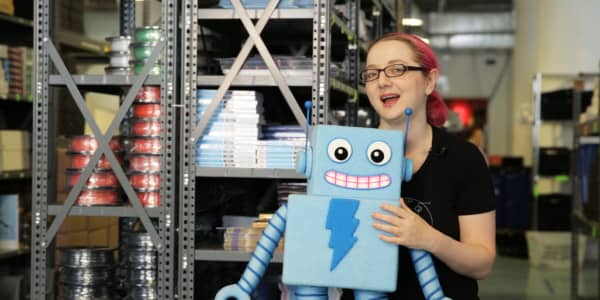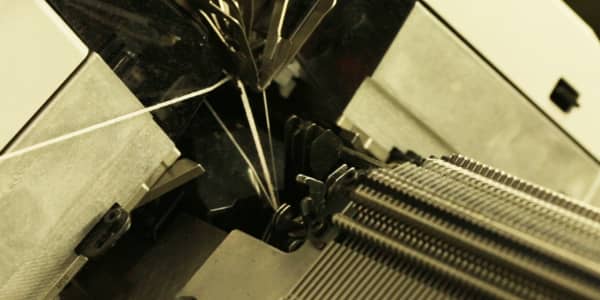Scientists have developed a technique for creating surfaces that can slide past each other with virtually no friction, and their findings could create new opportunities for engineering in nanotechnology and other areas. (Tweet This)
Friction is present on Earth anywhere there is movement, and it can affect objects in all sorts of ways. It generates heat, which is why hands warm up when people rub them together. It can also slow down objects—car brakes use friction to reduce speed—and it causes general wear and tear, which is why drivers have to replace their brake pads—and tires—every so often.
In fact, the tires on the average automobile lose about one layer of atoms every time they spin one full revolution, according to Vladan Vuletic, a professor of physics at the Massachusetts Institute of Technology.
Read MoreIn Game of Drones, the battle is real. Sorta
Friction between objects also can cause engineering problems on the tiniest "nano" level. Very small objects are made up of far fewer atoms—and thus have fewer atoms they can afford to lose. Nanomachines are damaged or worn down much more quickly by friction than larger things are.
That's one of the great challenges in nanotechnology, the study and creation of very small things invisible to the naked eye. Nanotechnology, it's hoped, could bring about new devices that do everything from fight diseases to explore space. One of the difficulties in making progress with nanotechnology, however, is that such tiny objects may not last long, even in favorable conditions.
Vuletic and his colleagues at MIT ran a simulation that involved a laser-based surface called an "optical lattice," and a second surface on an ion crystal—a grid of charged atoms. The researchers were able to move around the atoms on the crystal, creating small spaces between some of them that made the surface of the crystal capable of rubbing against another surface without causing friction.
That resulted in a state called "superlubricity," which is "a fancy word for no friction," Vuletic told CNBC.
Read MoreThere's a tech bubble, and I'm happy about it: McNamee
"There's a big effort to understand friction and control it, because it's one of the limiting factors for nanomachines, but there has been relatively little progress in actually controlling friction at any scale," Vuletic said in a press release attached to the study. "What is new in our system is, for the first time on the atomic scale, we can see this transition from friction to superlubricity."
Vuletic told CNBC he hopes engineers can use his team's findings to build devices that can preserve themselves by being nearly immune to friction.
The team publishes its findings Thursday in the journal Science.





